21 Wild Animals in Azerbaijan [Wildlife in Azerbaijan]
Want to know more about wildlife in Azerbaijan?
Discover 21 wild animals in Azerbaijan in this post, as well as interesting facts about them. 🇦🇿
TABLE OF CONTENTS
- Learn All About Azerbaijani Animals
- Native Animals from Azerbaijan
- Endangered Animals of Azerbaijan
- What is the National Animal of Azerbaijan?
- How Many Animals Native to Azerbaijan?
- Are there bears in Azerbaijan?
- Which is the national bird of Azerbaijan?
- Does Azerbaijan have camels?
- What kind of snakes are in Azerbaijan?
- More About Animals in the World!
Learn All About Azerbaijani Animals
Ready to learn all about Azerbaijani animals?
I’ve always been fascinated by animals, and by how they can be so different from one country to another. In this guide, we’ll focus on the many animals Azerbaijan has on the land, in the sky, and underwater.
I’ve split the guide into 8 categories:
- Native animals from Azerbaijan
- Endangered animals of Azerbaijan
- What is the national animal of Azerbaijan?
- How many animals are native to Azerbaijan?
- Are there bears in Azerbaijan?
- Which is the national bird of Azerbaijan?
- Does Azerbaijan have camels?
- What kind of snakes are in Azerbaijan?
Let’s dive in right away with our first category!
Native Animals from Azerbaijan
Azerbaijan is a country that is located between Eastern Europe and Western Asia. It is bordered by Russia, Georgia, Armenia, Turkey, and Iran, and its capital city is Baku, which counts more than 2,293,000 inhabitants (but more than 5,105,000 if you include the metropolitan area).
An interesting part of the country that I wanted to tackle is its wildlife. In light of that, I have listed the best of it, and I hope you will love learning what animals live in Azerbaijan.
Here’s the Azerbaijan animals list.
1. West Caucasian tur
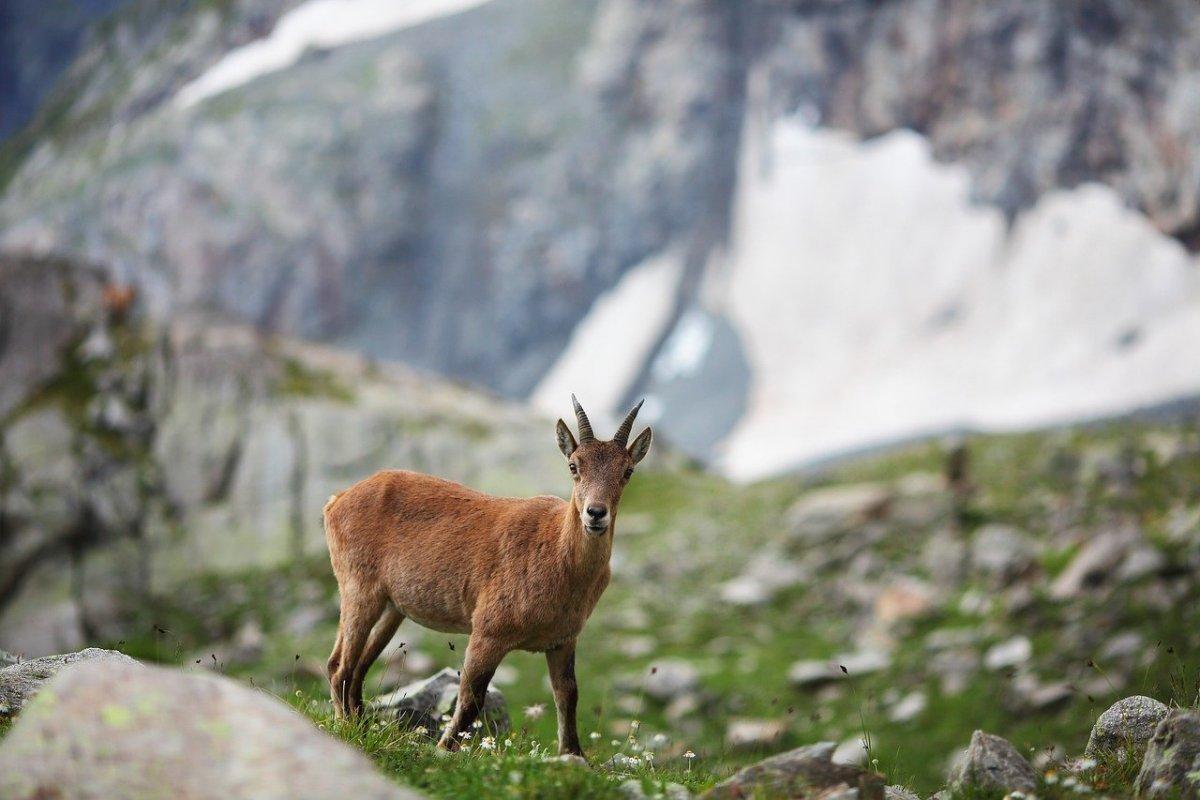
- Name: West Caucasian tur
- Scientific name: Capra caucasica
- Conservation status:
The West Caucasian tur is a goat that lives in the Caucasus mountain range. It looks like a mix between a goat and an antelope and mostly inhabits the western part of the Caucasus, Georgia, and European Russia.
There are currently only 5,000 to 6,000 West Caucasian tur, making it an endangered species. Their legs are short but very large, and they are adapted to living in rough mountainous areas. Their biggest threats are steppe wolves, lynxes, Persian leopards and Syrian brown bears.
2. Persian leopard
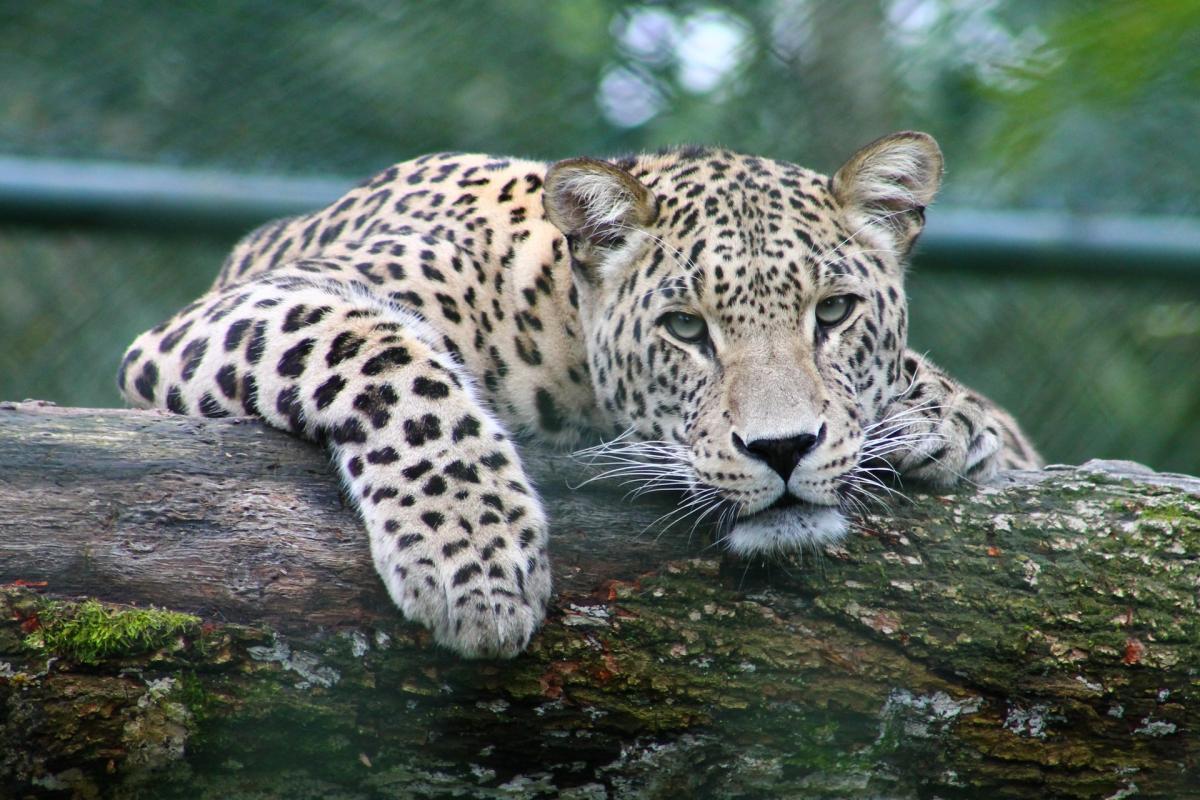
- Name: Persian leopard
- Scientific name: Panthera pardus tulliana
- Conservation status:
The Persian leopard is a species of leopard that lives in the Iranian Plateau, but also in Turkey, the Caucasus, Turkmenistan, Afghanistan, and Southern Russia. There are around 1,000 mature individuals, and the species is endangered, with a declining trend.
It is seriously threatened by poaching, depletion of prey, and habitat loss because of deforestation. Lots of people illegally poison and kill Persian leopards. Anti-personnel mines were deployed in Iran as a means to prevent people from attacking leopards, but at least 2 Persian leopards stepped on them and were killed.
3. Steppe wolf
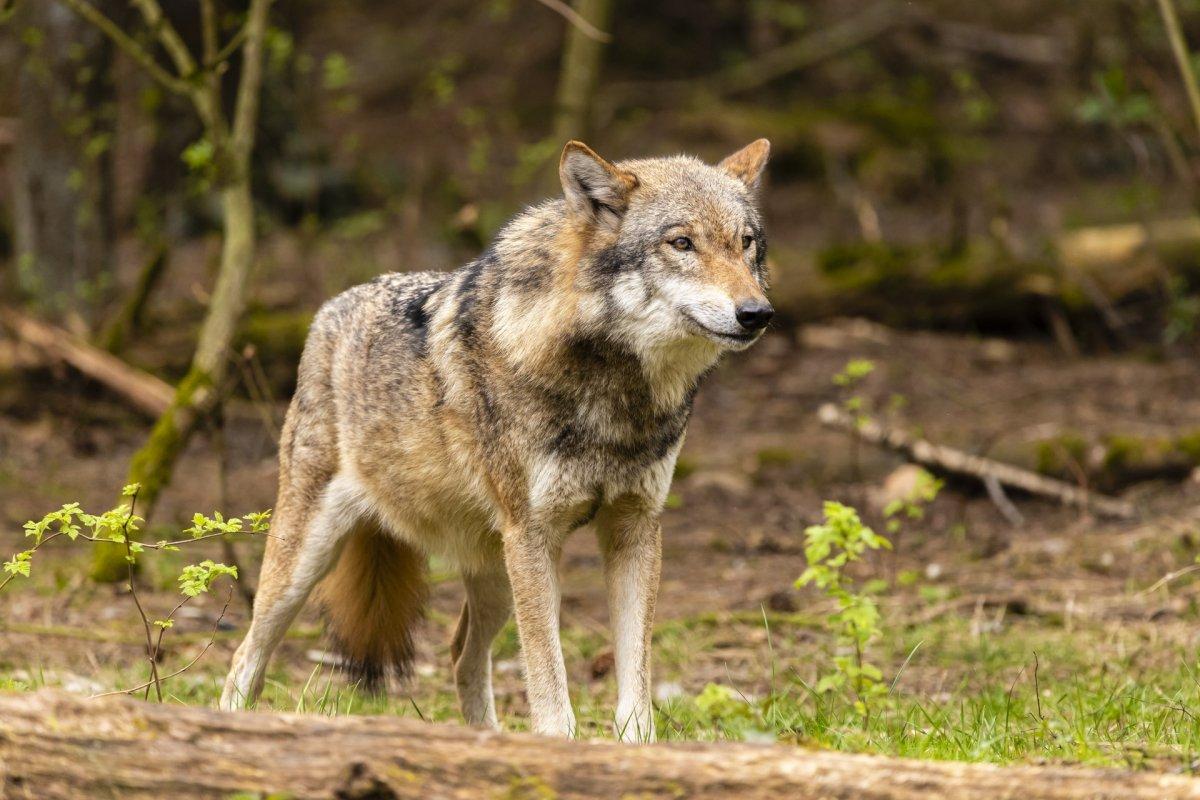
- Name: Steppe wolf
- Scientific name: Canis lupus campestris
- Conservation status:
The steppe wolf lives in… steppes, mostly in the Caspian ones, the Caucasus, the Volga region, and southern Kazakhstan. It can also be found as far as Romania and Hungary though.
Its German name, “Steppenwolf”, is quite famous, and gave birth to a novel by Hermann Hesse. This species of wolf can carry rabies, and because it can be found near domestic animals, Azerbaijani have to be really careful and be vaccinated.
4. Caspian tiger
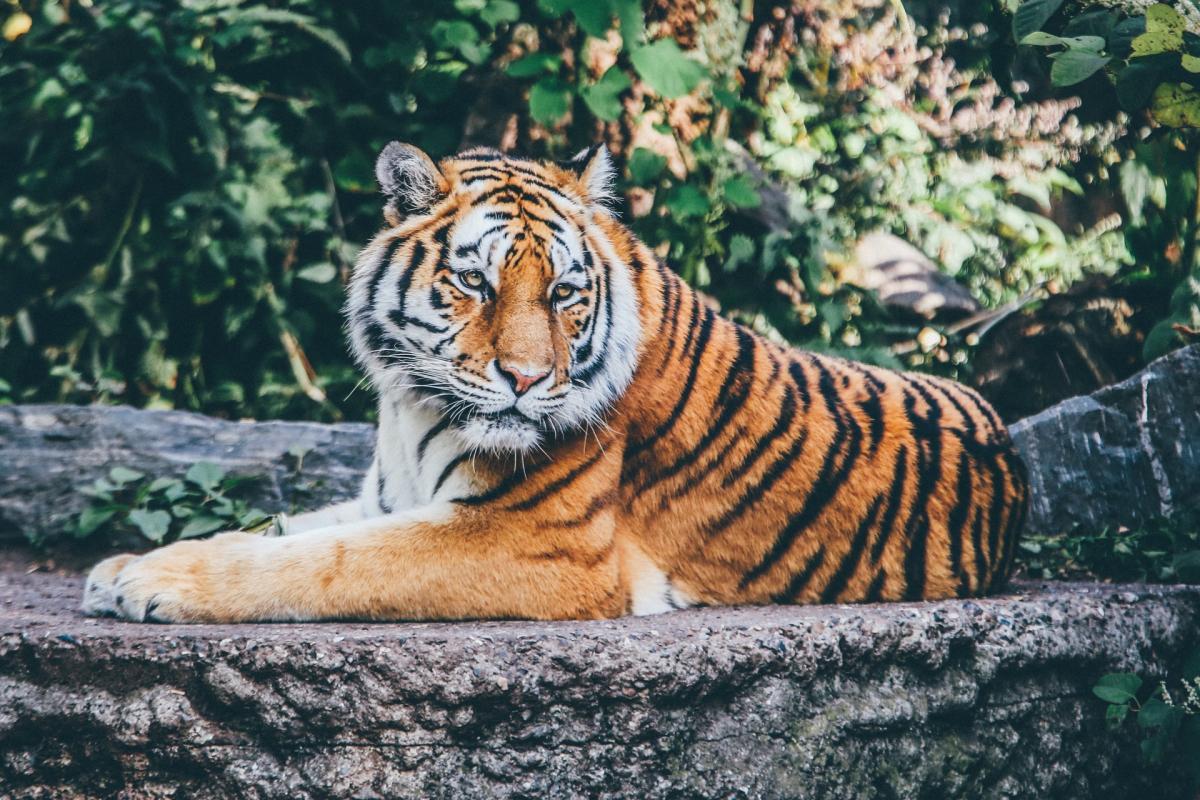
- Name: Caspian tiger
- Scientific name: Panthera tigris tigris
- Conservation status:
The Caspian tiger used to live in eastern Turkey, the Caucasus, Central Asia, northern Iran and western China. However, it was declared extinct in 2003 and can no longer be found.
It used to live in forests and near bodies of water. There are several reasons for its extinction: it was confined to watery areas in a majorly desert environment, it lost its habitat to cotton plants and it was hunted by military personnel and sportsmen.
5. Starry sturgeon
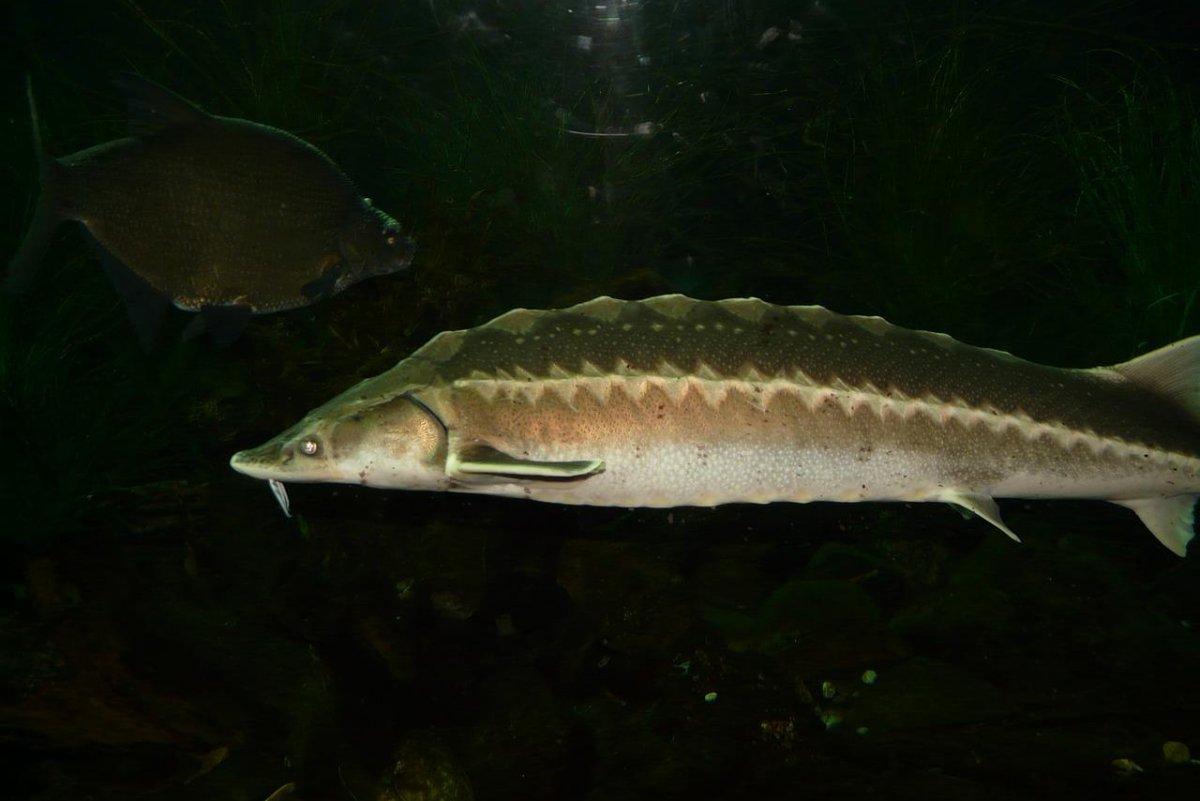
- Name: Starry sturgeon
- Scientific name: Acipenser stellatus
- Conservation status:
The stellate sturgeon, or starry surgeon, is a species of sturgeon native to the Caspian, Aegean, Azov, and Black seas. It is critically threatened by overfishing, and it was already extirpated from the Aegean sea.
The starry sturgeon can reach up to 220 cm / 7.2 ft in length, and weigh up to 80 kg / 180 lb. Its body is slim but long, and it is generally dark green or brown.
6. Caspian seal
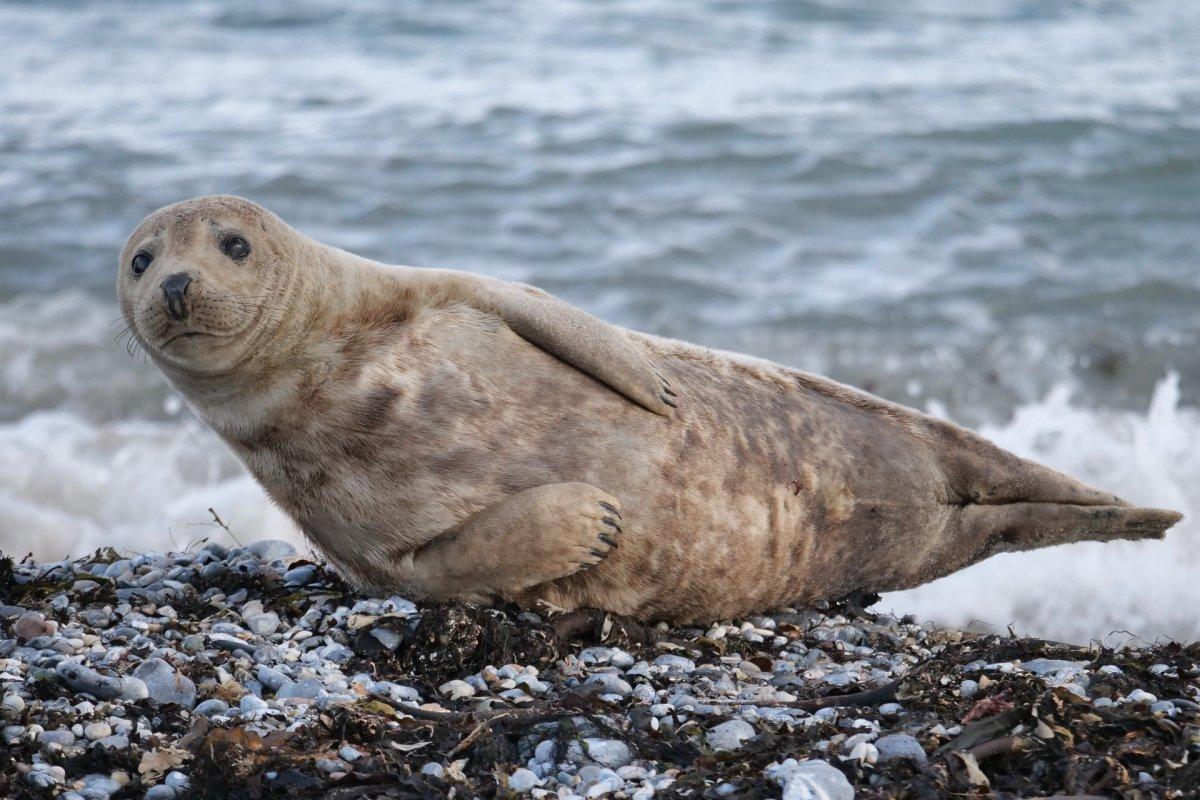
- Name: Caspian seal
- Scientific name: Pusa caspica
- Conservation status:
The Caspian seal is one of the smallest seals, and it can only be found in the Caspian sea. These seals love floating blocks of ice, rocky islands, and shorelines. Their ancestors are the Arctic ringed seals.
The Caspian seal is listed as endangered mostly due to sea eagles, surplus killing from wolves (killing more than they can eat, either hiding or abandoning the remainder), and human pollution.
7. Goitered gazelle
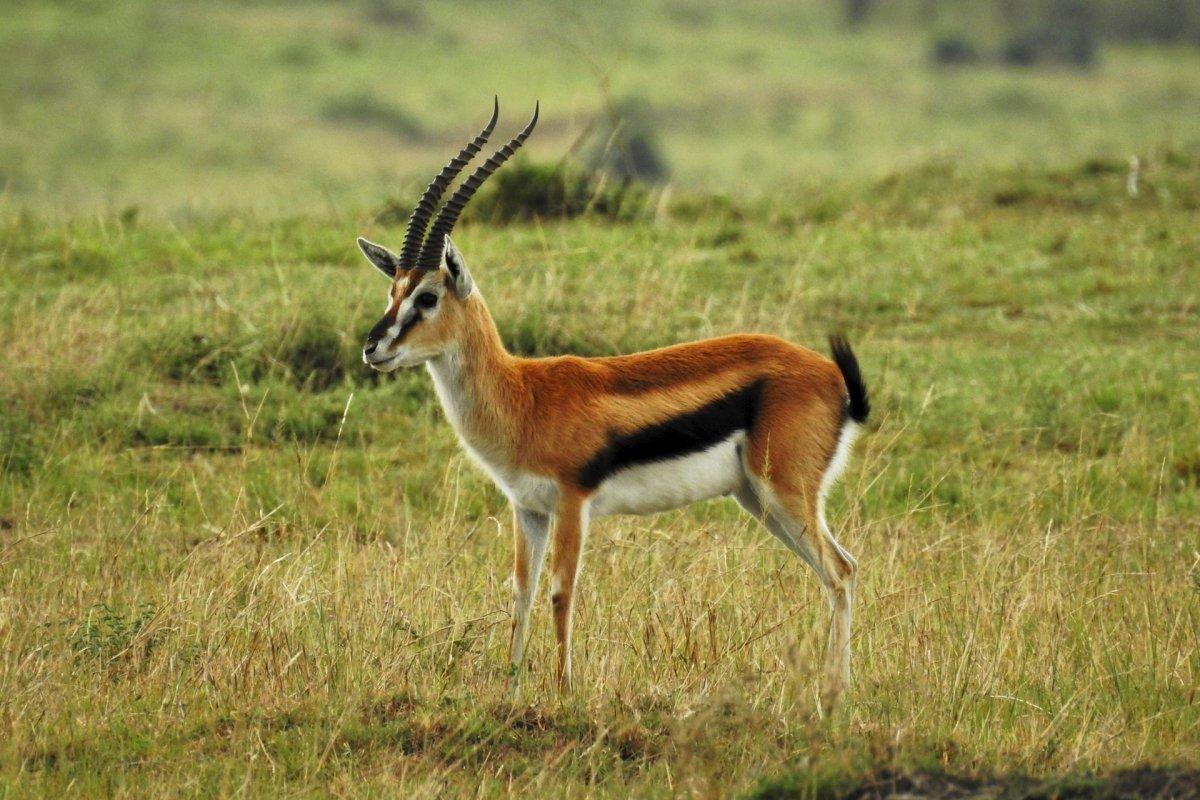
- Name: Goitered gazelle
- Scientific name: Gazella subgutturosa
- Conservation status:
The goitered gazelle, also known as the Persian gazelle, is a gazelle that lives in several western Asia countries, including Azerbaijan, Iran, Georgia, and Kazakhstan. Its scientific name means “full below the throat” due to the male having a larger neck and throat during the mating season.
The goitered gazelle inhabits sands and gravel plains in large herds. They have been hunted for 6,000 years, including for ritual slaughters.
8. Auroch
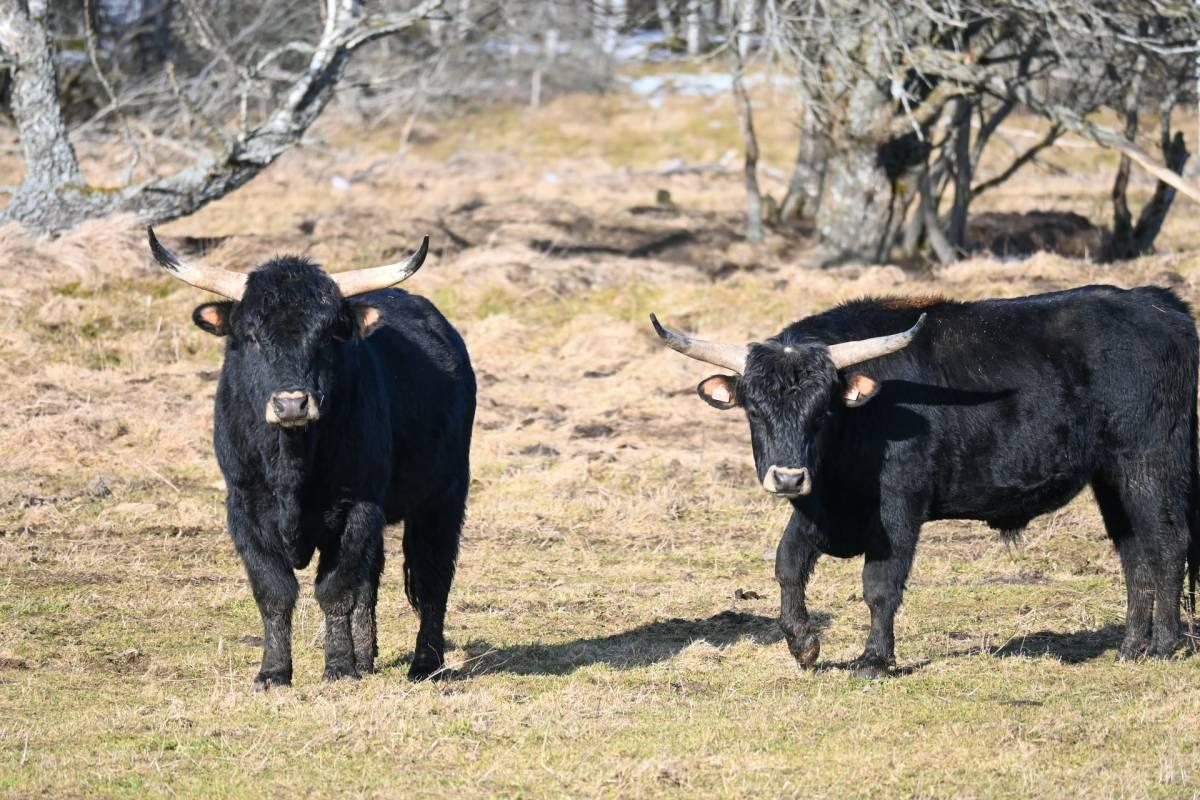
- Name: Auroch
- Scientific name: Bos primigenius
- Conservation status:
The aurochs, now extinct, were wild cattles that used to live in Europe, North Africa and Asia. There are currently domestic cattles that are considered auroch subspecies, but other than that the species has completely disappeared.
The aurochs started disappearing during the 5th century BC when they first left southern Greece. The auroch population slowly declined over the centuries due to hunting. Because of this, hunting was later reserved for royal households, before being forbidden and punishable by death after that. The last auroch died of natural causes in 1627 in Poland.
9. Common buzzard
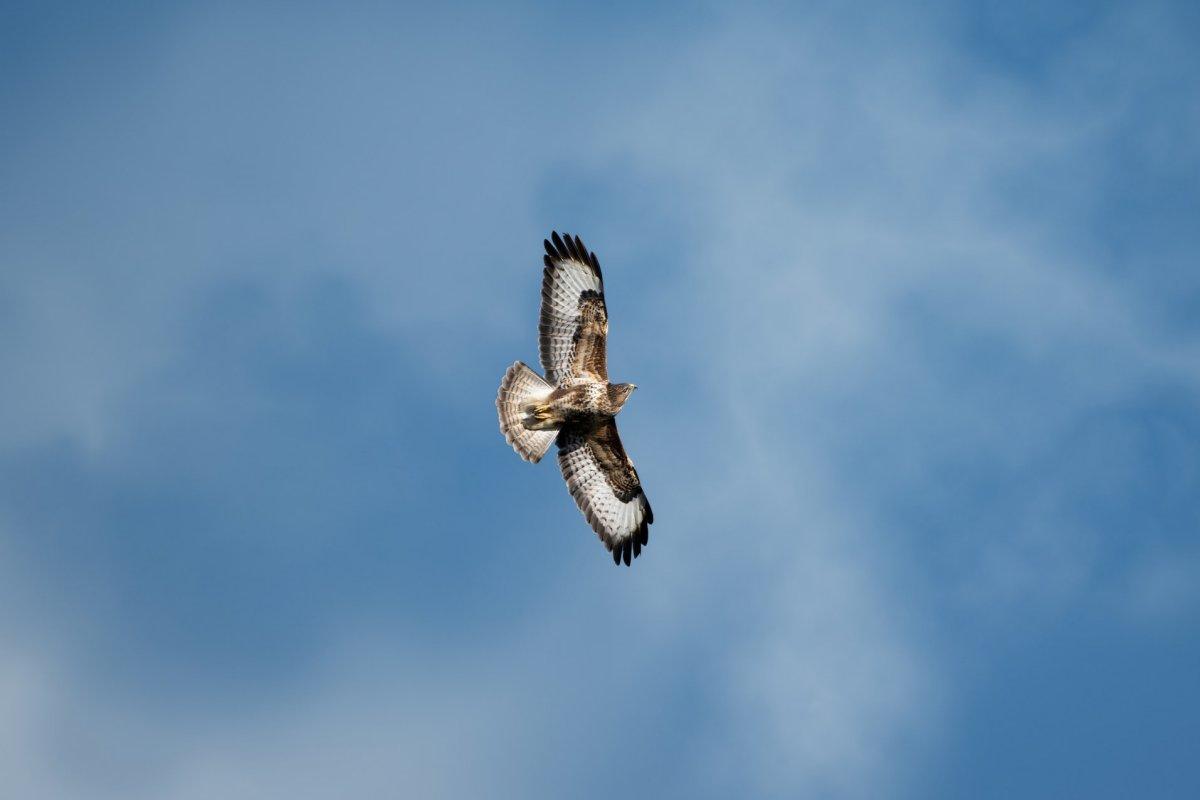
- Name: Common buzzard
- Scientific name: Buteo buteo
- Conservation status:
The common buzzard is a widespread species of buzzard, and it is a medium bird of prey. It lives in most of Europe, and as far as northwestern China and northwestern Mongolia.
This species of buzzard is opportunistic and feeds on a variety of prey. Most of its diet is made of small mammals. It hunts from a perch before flying down on its unfortunate prey. Its global population is several million.
10. Eurasian brown bear
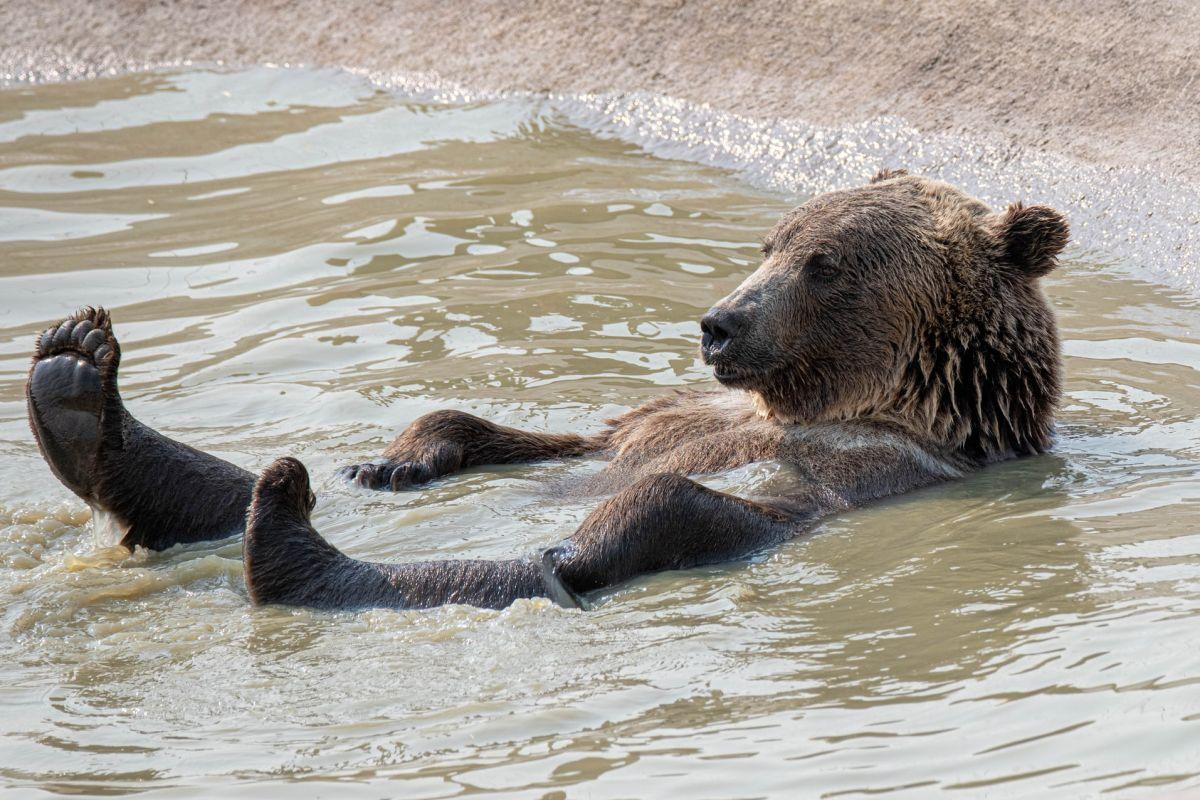
- Name: Eurasian brown bear
- Scientific name: Ursus arctos arctos
- Conservation status:
The Eurasian brown bear is one of the most common species of brown bears. It lives in most of Eurasia, including Azerbaijan, and is not threatened.
Its fur is a brown variant, from yellowish-brown to dark brown, and albinism is also possible. Interestingly enough, Eurasian brown bears were present in Britain until AD 1000, before being exterminated due to over-hunting. They usually do not attack humans, but 3 men were killed in Romania in 2019 because of Eurasian brown bears.
11. Marsh frog
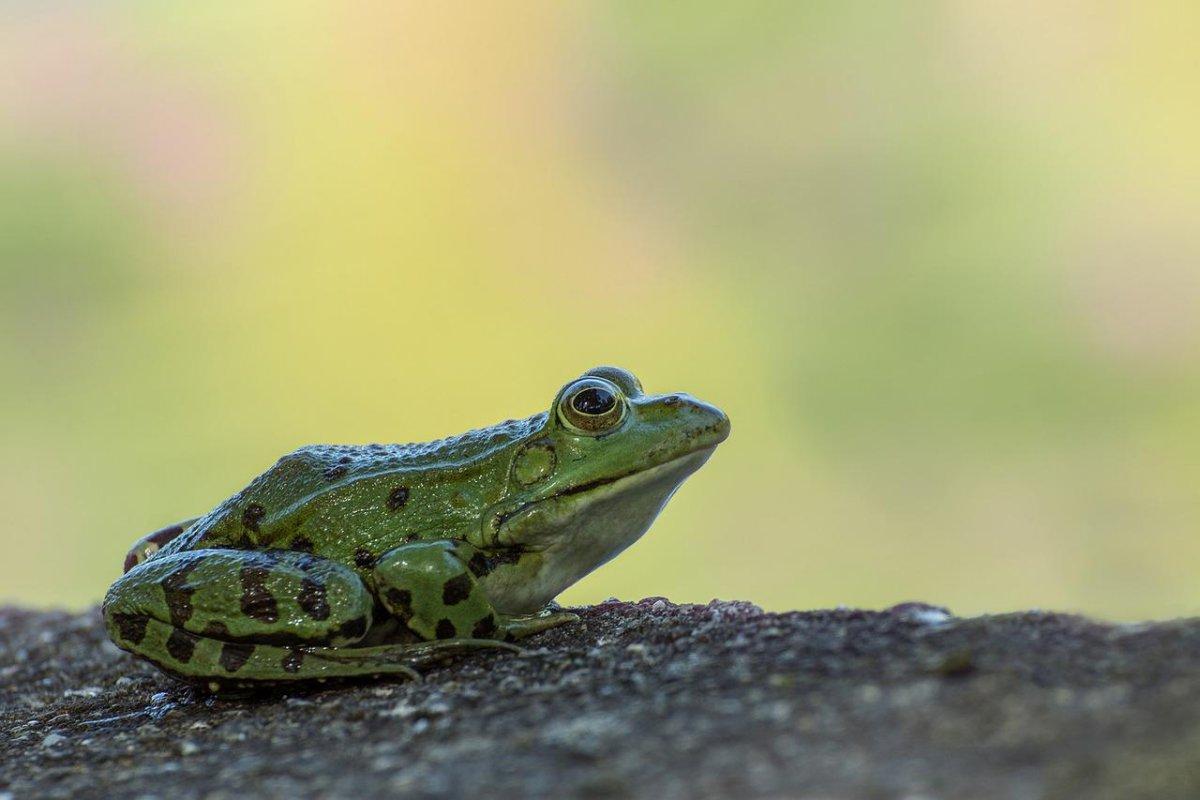
- Name: Marsh frog
- Scientific name: Pelophylax ridibundus
- Conservation status:
The marsh frog is a water frog native to Europe and some parts of western Asia, including Azerbaijan. It is the largest type of frog in its range. Its color can vary from dark green to gray. Actually, it will be darker colored in early spring to absorb more heat.
Marsh frogs feed on arthropods and invertebrates, usually flies and beetles, which make up 60 percent of their diet.
12. Caspian turtle
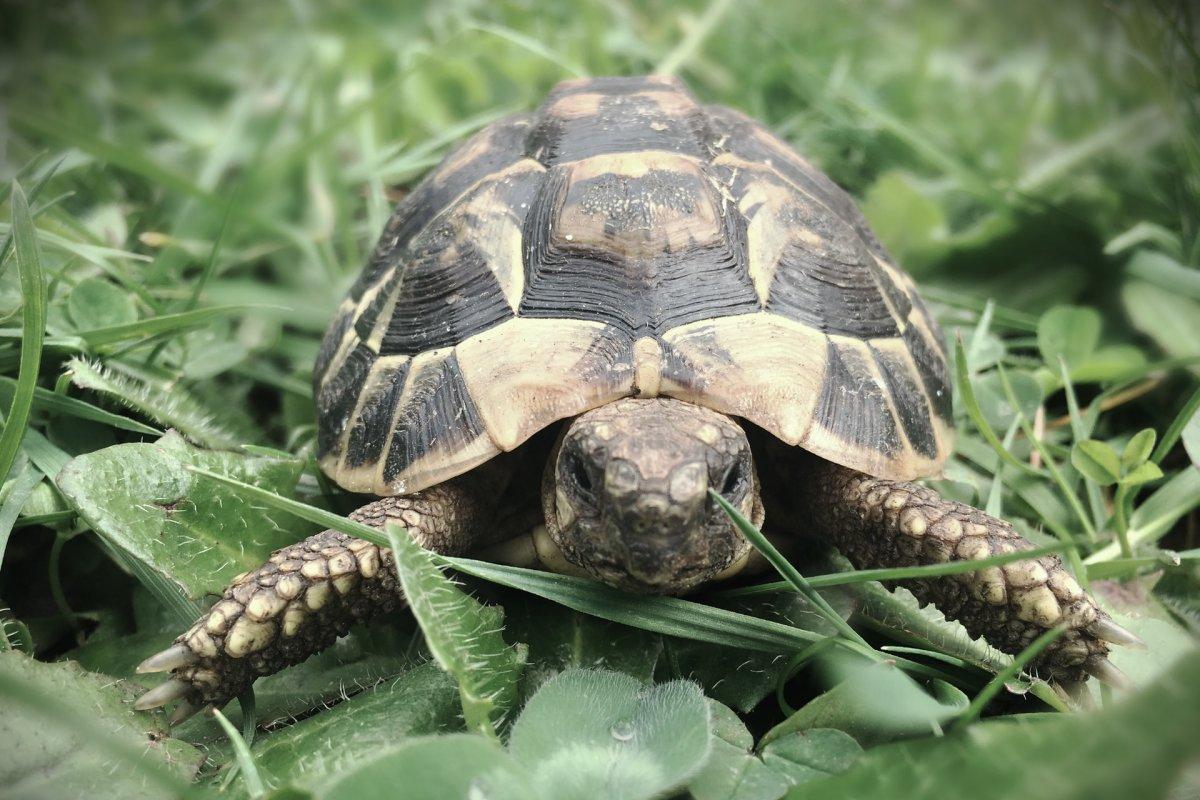
- Name: Caspian turtle
- Scientific name: Mauremys caspica
- Conservation status:
The Caspian turtle, also known as striped-neck terrapin, lives in the eastern part of the Mediterranean, as well as the Middle East and other western Asia countries.
It dwells near freshwater bodies and usually cannot swim. They still enjoy going into the water, but crawl out of it once in a while to breathe before going back in. Many of these turtles are killed by humans to treat eye ailments.
13. Golden eagle

- Name: Golden eagle
- Scientific name: Aquila chrysaetos
- Conservation status:
The golden eagle is one of the most widespread species of eagle in the world. It is present throughout the entire Northern Hemisphere and loves the steppes of Azerbaijan. Despite its name, most of its plumage is dark brown.
This eagle mostly feeds on small mammals like hares, rabbits, and marmots. It is renowned to be an exceptionally good hunter. The golden eagle is a very large raptor with a wingspan of up to 2.34 m / 7 ft 8 in.
14. Beluga

- Name: Beluga
- Scientific name: Huso huso
- Conservation status:
The beluga sturgeon, not to be confused with the beluga whale, is a large fish: it is the third-heaviest bony fish on the planet. It is currently listed as critically endangered due to overfishing and poaching, as the female’s roe, the beluga caviar, is very valuable.
The beluga is also the largest freshwater fish in the world, and can weigh up to 1,571 kg / 3,463 lb and measure up to 7.2 m / 23 ft 7 in!
15. Eurasian lynx
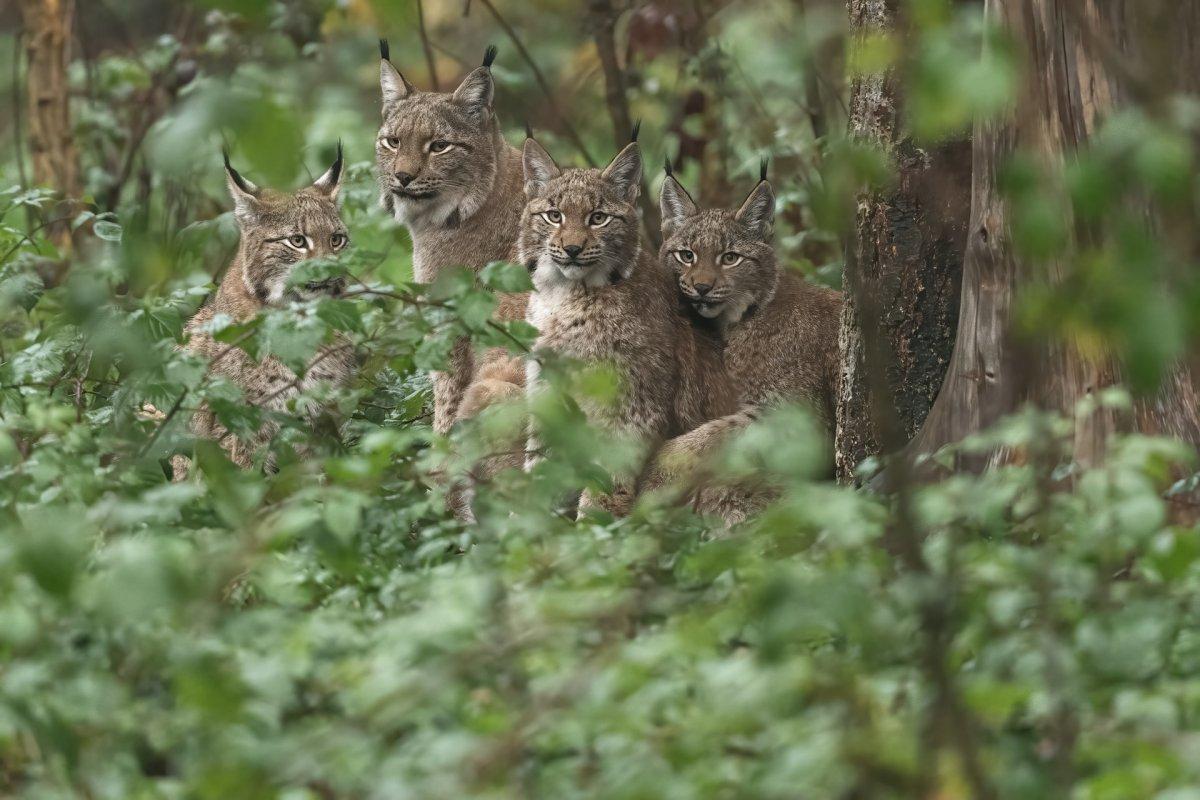
- Name: Eurasian lynx
- Scientific name: Lynx lynx
- Conservation status:
The Eurasian lynx is an elusive wild cat that can be found throughout most of northern Europe and all the way to the east coast of Russia. It usually inhabits boreal and temperate forests, in the heights (up to 5,500 m / 18,000 ft). Even though it is currently listed as least concern, it is seriously threatened by habitat loss and poaching, among other things.
This species of lynx is a stalker that jumps on its prey, most of the time hares (79 percent to 99 percent of its diet).
16. European badger
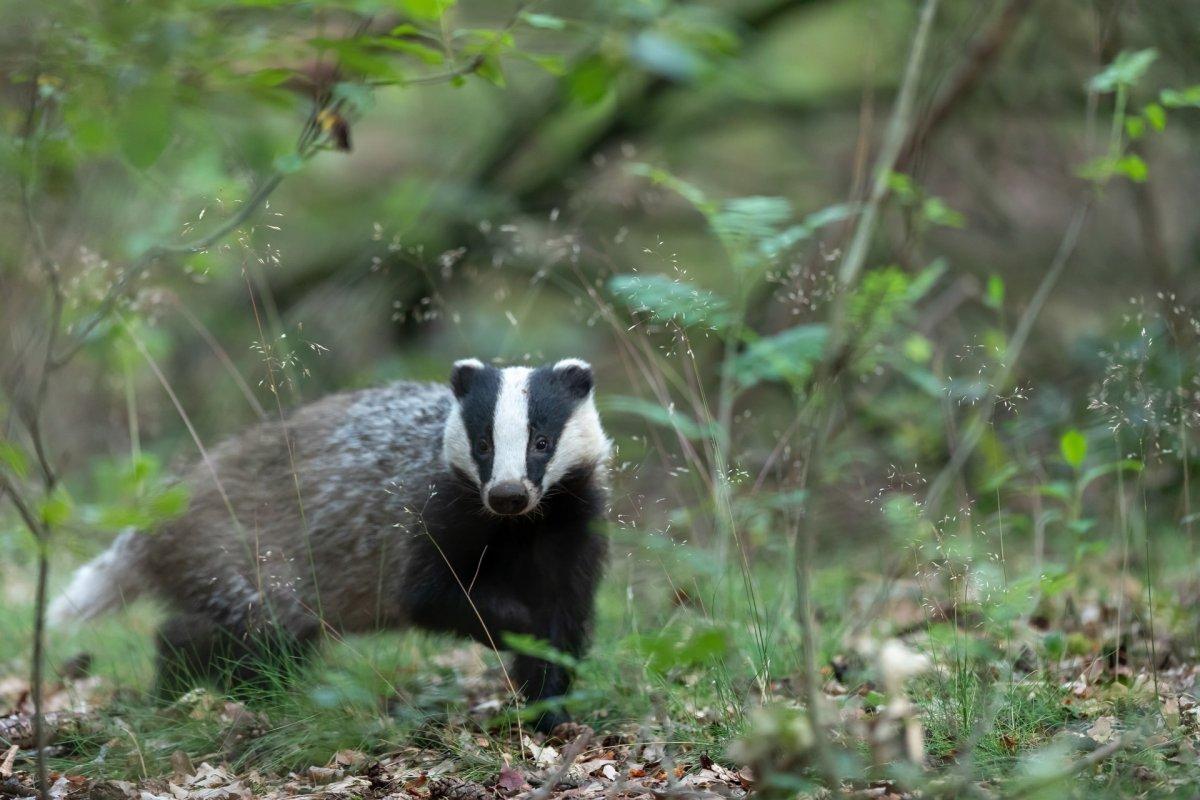
- Name: European badger
- Scientific name: Meles meles
- Conservation status:
The European badger is a widespread species of a badger with a stable population. It is found throughout most of Europe but also in western Asia, including Azerbaijan. Despite being known as a carnivore, it feeds on a large variety of plants and animals, like cereals, insects, and earthworms.
European badgers have been historically culled in England as an attempt to reduce bovine tuberculosis, even though this practice is considered useless, cruel, and inhumane.
17. Jungle cat
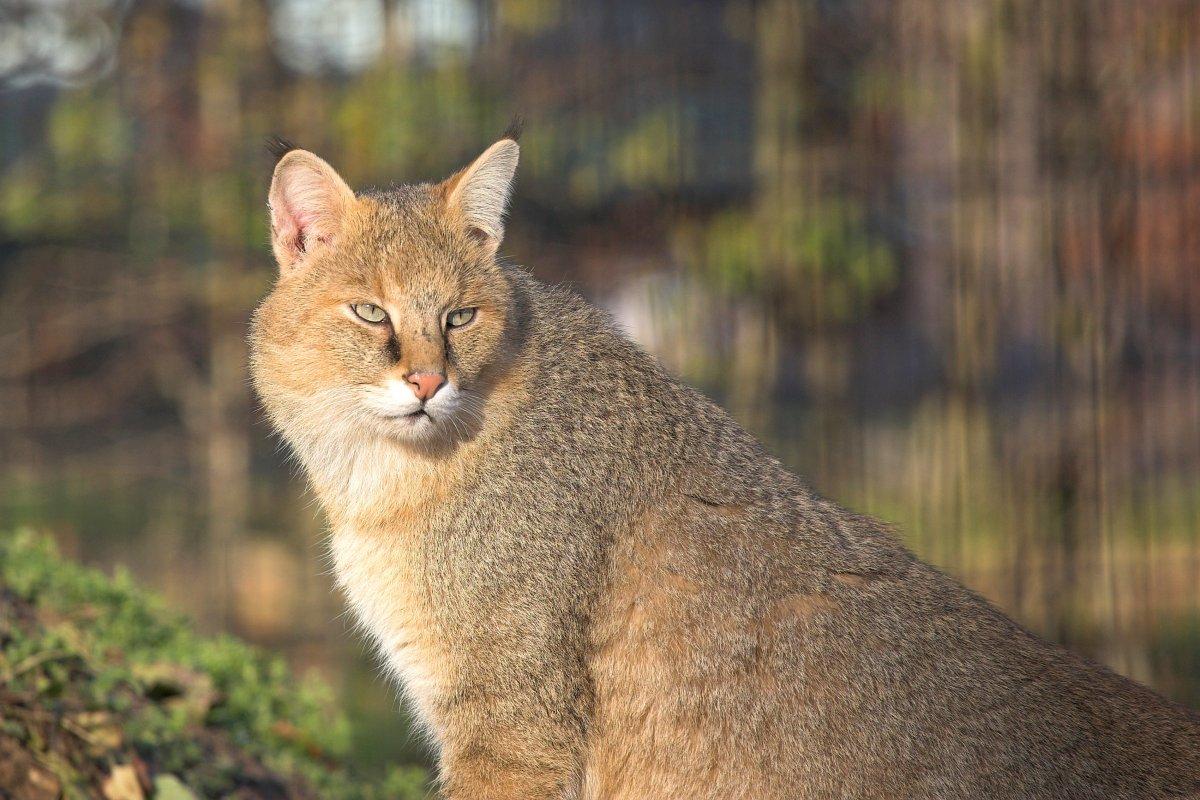
- Name: Jungle cat
- Scientific name: Felis chaus
- Conservation status:
The jungle cat is a medium-sized wild cat that inhabits wetlands in the Middle East and southern Asia. It is present throughout all of India, and also in Azerbaijan. Its biggest threats are habitat loss, trapping, and poisoning.
The fur of the jungle cat is gray or brown, and it mostly feeds on small mammals and birds. Young jungle cats start hunting at around 6 months, before becoming fully independent and leaving their mother at 8 to 9 months.
18. Caucasian squirrel
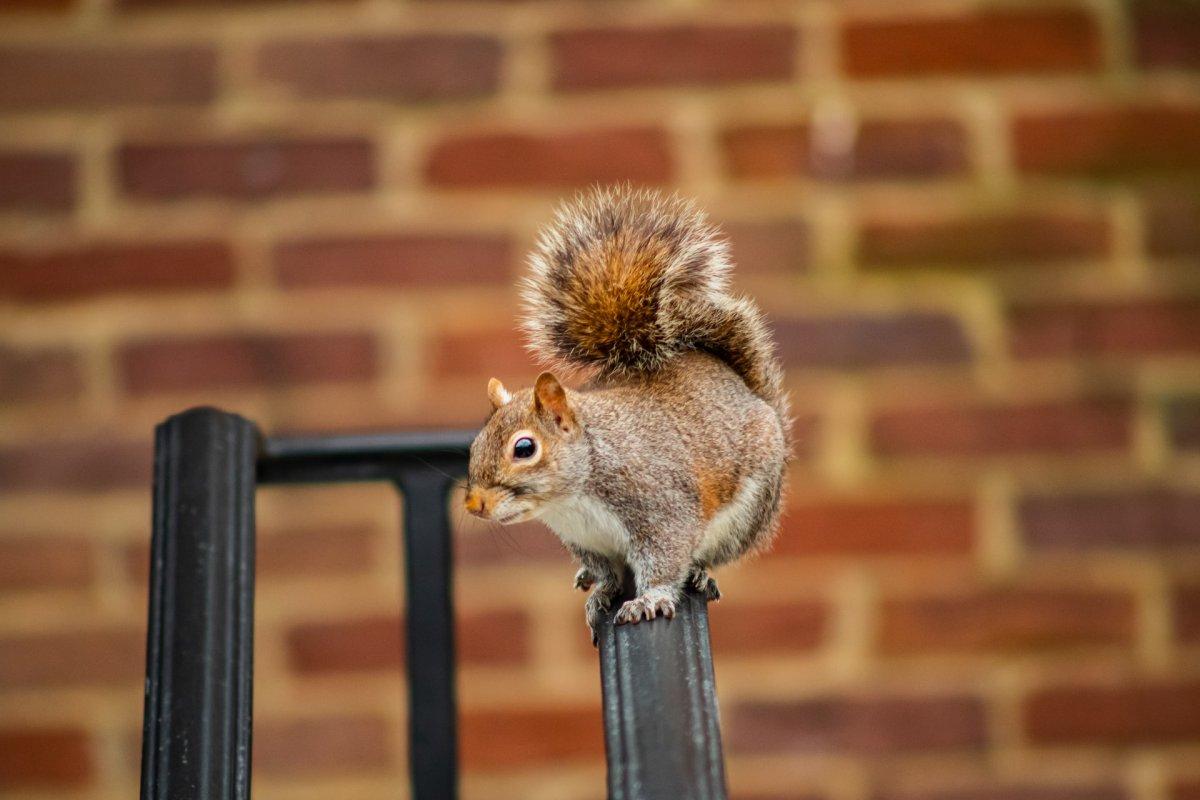
- Name: Caucasian squirrel
- Scientific name: Sciurus anomalus
- Conservation status:
The Caucasian squirrel is a small tree squirrel that inhabits southwestern Asia forests. Its tail is as long as its body, and the color of its fur ranges from grayish brown to gray, with variants of red and yellow.
These squirrels are active during the day and are solitary, even though they can be found in temporary groups. Besides, they have a very recognizable alarm call, said to be very resemblant to that of the European green woodpecker.
19. Beech marten
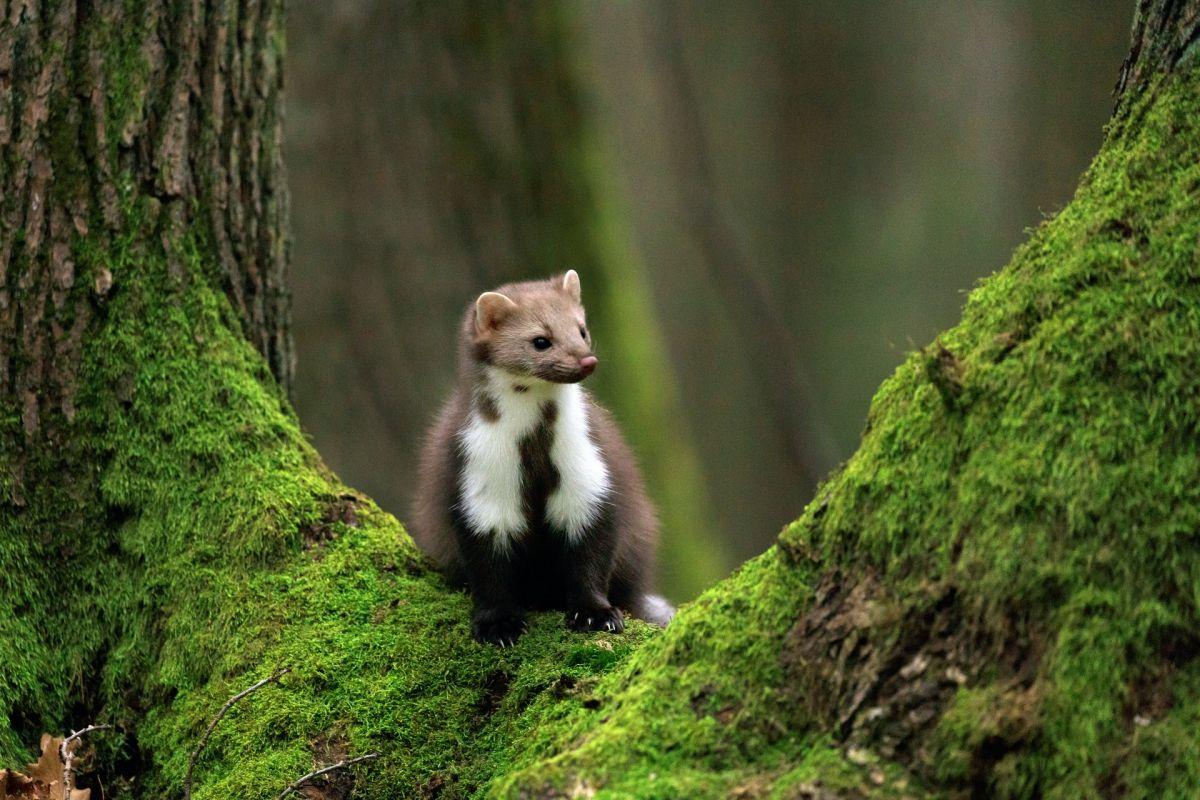
- Name: Beech marten
- Scientific name: Martes foina
- Conservation status:
The beech marten, also called house marten, stone marten, or white-breasted marten, is a species of marten that can be found in most of Europe and Central and Western Asia.
It is listed as least concern because of its presence in protected areas and its wide distribution and large population. The beech marten is hunted by humans for its fur, despite its poor quality. It is also famous for damaging cars, and cutting cables and tubes!
20. Roe deer
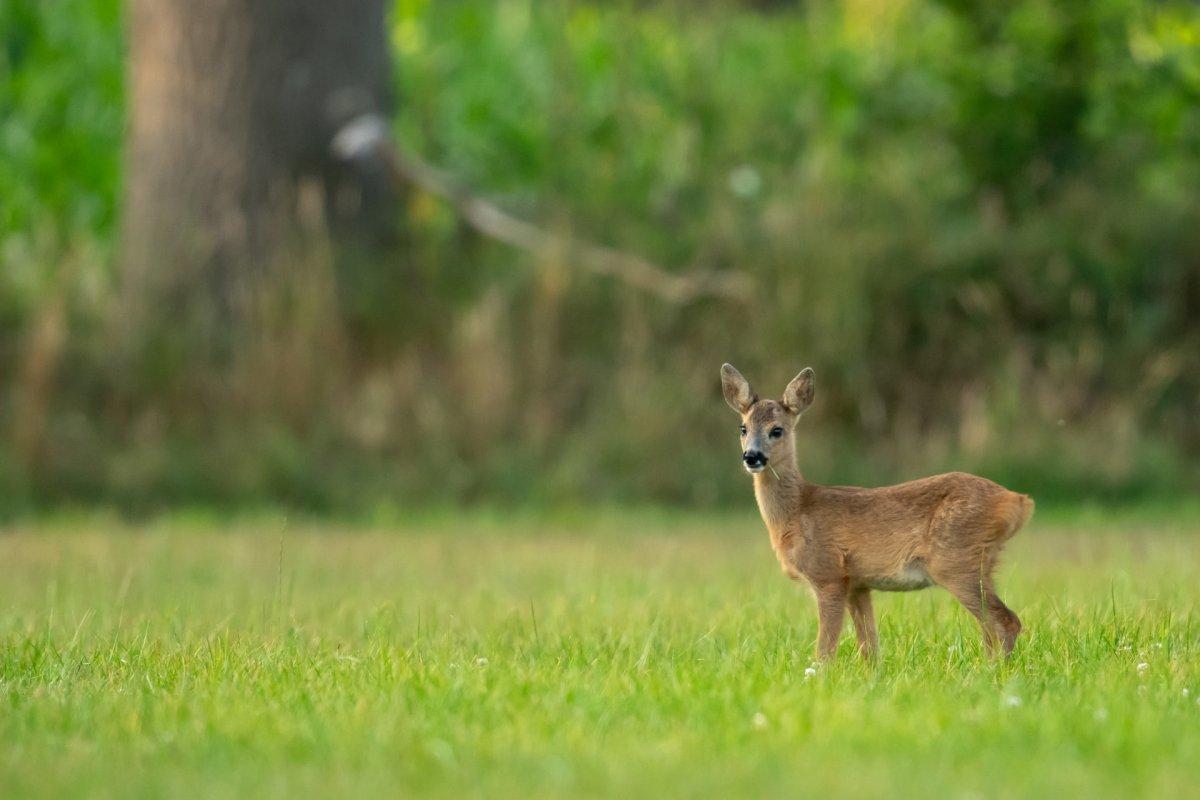
- Name: Roe deer
- Scientific name: Capreolus capreolus
- Conservation status:
The roe deer is a very widespread species of deer. Its color ranges from reddish to gray and brown, and its body is perfectly adapted to cold weather. It usually lives in open agricultural areas as well as dense woodland.
During the day, roe deers usually stay in safe environments like forests, but venture into open areas at dusk and during the night. It feeds on berries, grass, and leaves and makes itself a bed by scraping leaf litter off the ground.
21. Asiatic wildcat
- Name: Asiatic wildcat
- Scientific name: Felis lybica ornata
- Conservation status:
The Asiatic wildcat is another species of wild cat that can be found in Africa, the Middle East, and Asia. Its other names are the Indian desert cat and the Asian steppe wildcat. There is no precise information about its population, but we know for sure that its global population is on the decline. It is highly parasitized by helminths or parasitic worms. It can also be infested with fleas that it contracts from brown rats.
So there you have them, these were my 21 wild animals in Azerbaijan. I hope you enjoyed this list and that you learned something new today.
In case you want to learn more about animals in the country, feel free to keep reading, as I still have lots of things to tell you about:
Endangered Animals of Azerbaijan
This is definitely the saddest part of the list, but it is very important to raise awareness. Because of this, let’s go through the list of endangered animals in Azerbaijan.
Here are the animals in danger of extinction in Azerbaijan.
- Stenodus leucichthys
- Karabakh horse
- Caspian tiger
- Auroch
- Sociable lapwing
- Beluga
- Ship sturgeon
- Stellate sturgeon
- Persian sturgeon
- and 7 more…
- Caspian seal
- Steppe eagle
- Egyptian vulture
- Saker falcon
- White-headed duck
- and 5 more…
To see the full list of endangered species in Azerbaijan, head over to the International Union for Conservation of Nature’s Red List.
What is the National Animal of Azerbaijan?
The national animal of Azerbaijan is the Karabakh horse.
Over the course of the history of the country, the Karabakh horse has always been an important part of its culture. It has been a major riding and racing horse in the many steppe areas that can be found in Azerbaijan.
Its name comes from the geographic region in which this breed was developed. Sadly, it is now threatened with extinction, numbering below 1,000.
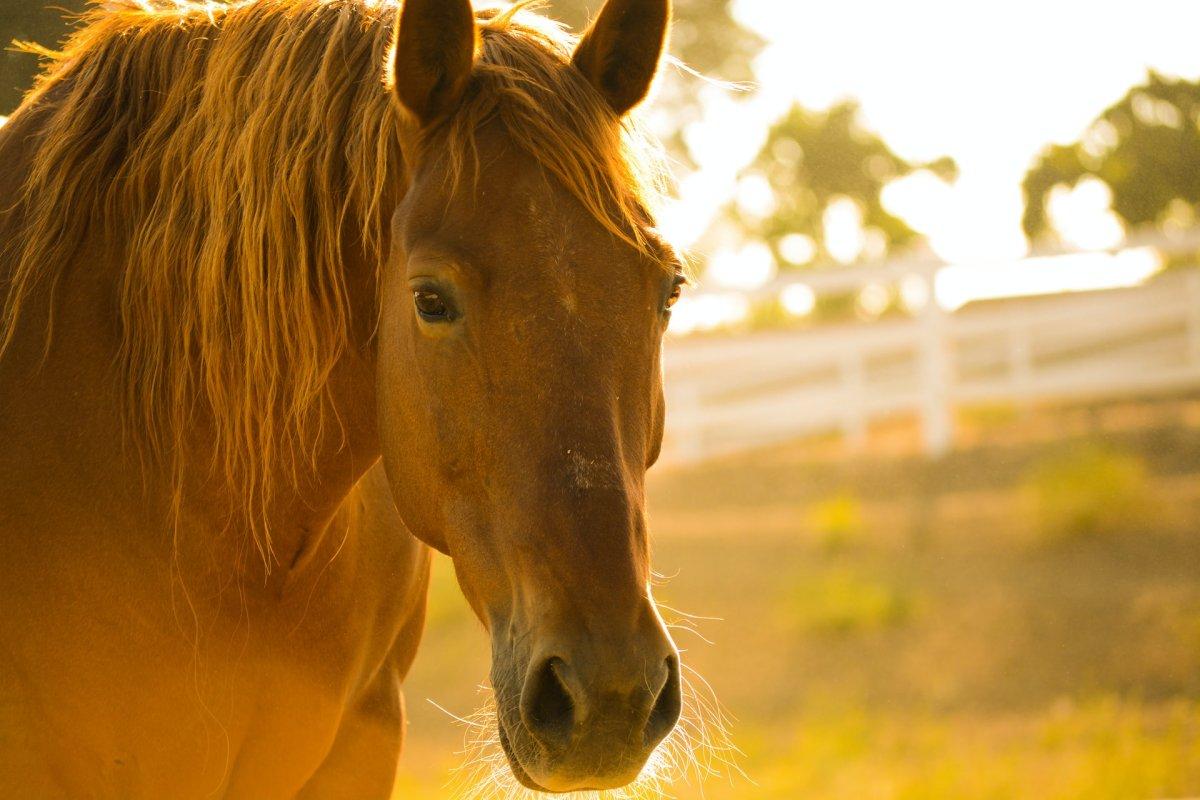
How Many Animals Native to Azerbaijan?
What is the diversity of native animals in Azerbaijan?
Let’s look at the total number of species of Chordata (mammals, birds, fishes, and reptiles).
Total number of animal species in Azerbaijan: 633 (4,927 in total in West and Central Asia)
Are there bears in Azerbaijan?
Yes! There are two species of bears that can be found in Azerbaijan: the Eurasian brown bear, which is one of the most common brown bears, and the Syrian brown bear, which is smaller and lighter.
Bears are actually the largest predators in the Caucasus, and they usually live in mountainous areas as well as forests.
Which is the national bird of Azerbaijan?
The national bird of Azerbaijan is the European roller. And yes, even though Azerbaijan is not in Europe.
This small bird actually lives in Central Asia, the Middle East, and Morocco. It can live in plenty of habitats, including bushy plains and dry wooded savanna. It is very noticeable with its blue and orange plumage.
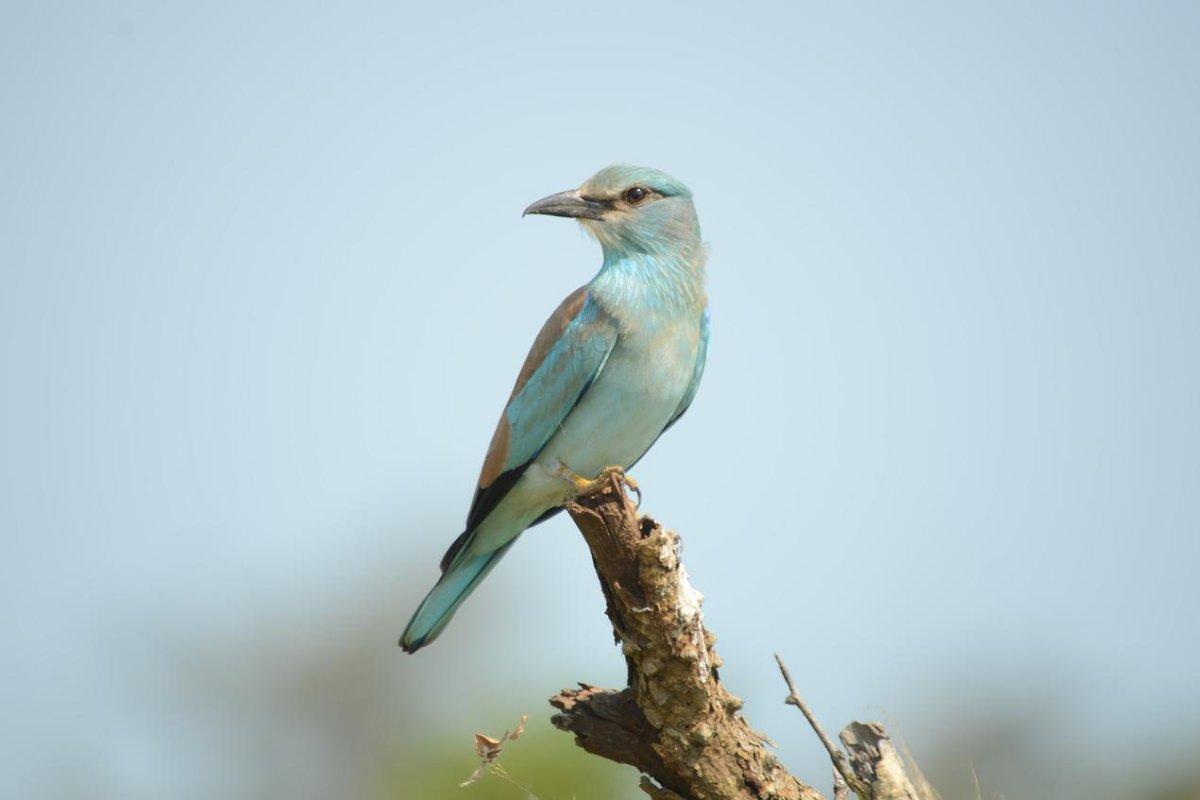
Does Azerbaijan have camels?
There used to be lots of camels in Azerbaijan, its capital Baku being an important stop along the spice trading route, where camel caravans usually rested and refreshed.
Now though, there are barely any camels (less than 300). Almost a third of them are located in the Yukhari Karabakh region.
What kind of snakes are in Azerbaijan?
There are lots of snake species in Azerbaijan. You can find almost anything in the country, including vipers, rat snakes, and whipsnakes.
Many of them are venomous, but only a few of them are really dangerous. 2 of them are among the most dangerous animals in the country: the horned viper (which can only be found in a small part of western Azerbaijan) and the Caucasian pit viper (which lives in the southeastern part of the country).

More About Animals in the World!
Loved these Azerbaijan animal facts? Want to see what animals live in other countries?
Then check out these posts:
Or click here to see ALL the facts up on the blog! Spoiler alert: there’s A LOT of them.
Share the knowledge! Click on the buttons below to share information about these famous animals in Azerbaijan with your friends, and help them learn more about the world 🙂
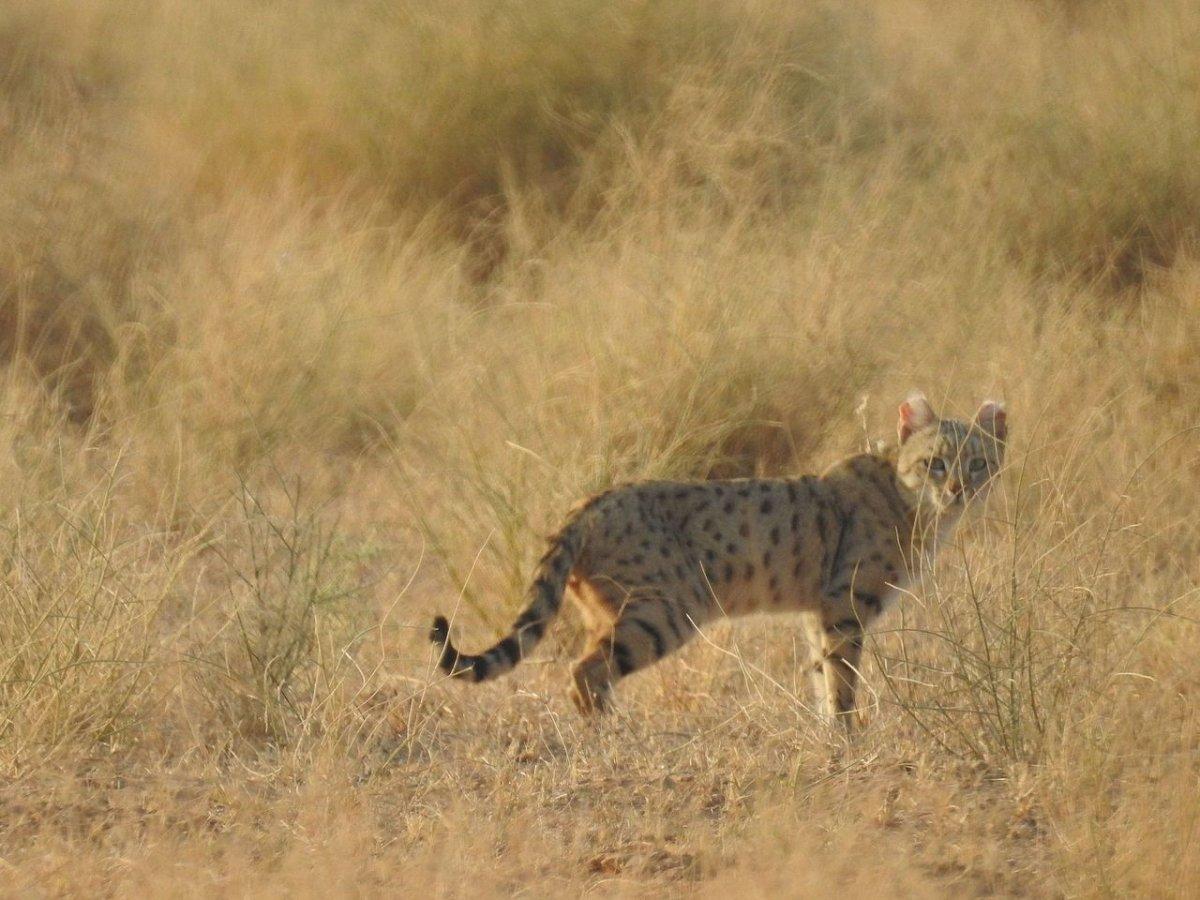

![21 Wild Animals in New South Wales [Wildlife in New South Wales]](https://www.kevmrc.com/wp-content/uploads/2023/01/21-wild-animals-in-new-south-wales-australia.jpg)
![10 Wild Animals in Nauru [Wildlife in Nauru]](https://www.kevmrc.com/wp-content/uploads/2023/01/10-wild-animals-in-nauru.jpg)
![28 Wild Animals in Botswana [Wildlife in Botswana]](https://www.kevmrc.com/wp-content/uploads/2022/12/28-wild-animals-in-botswana.jpg)